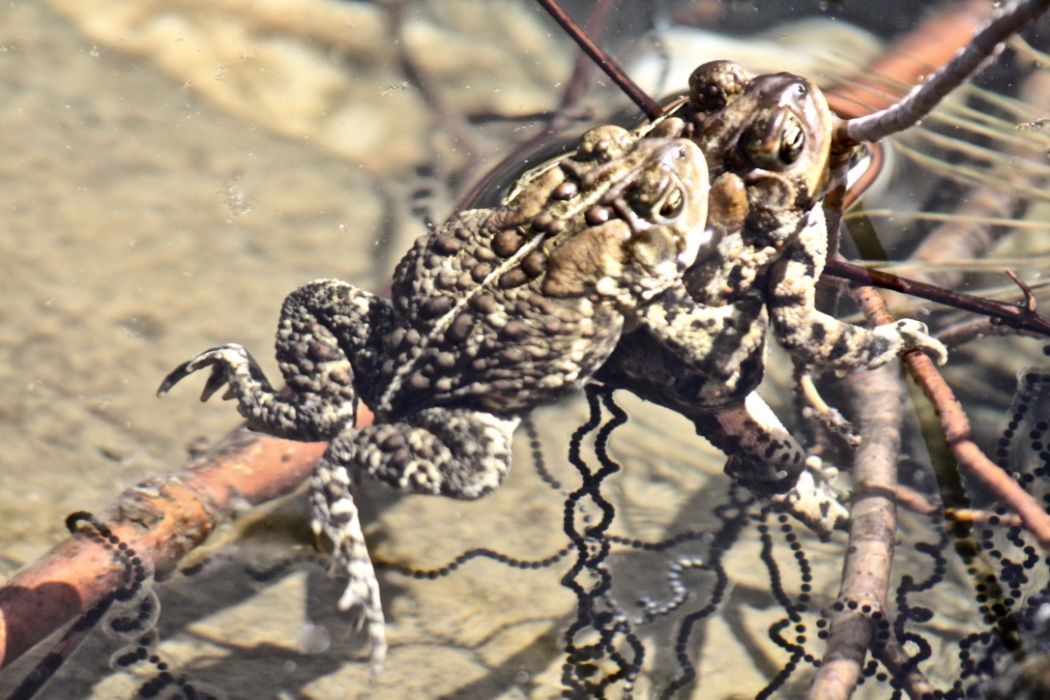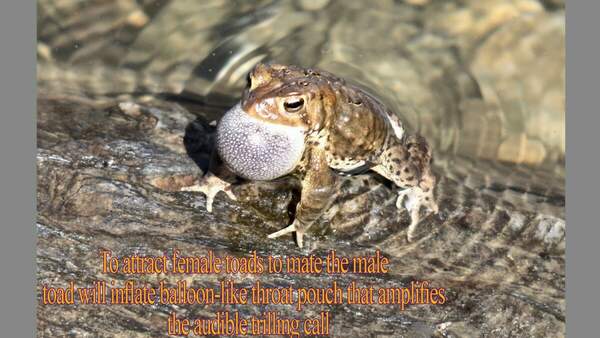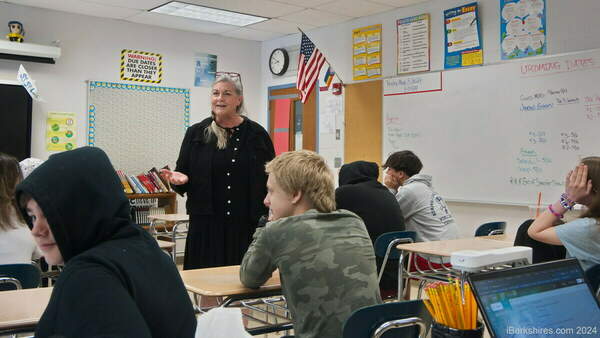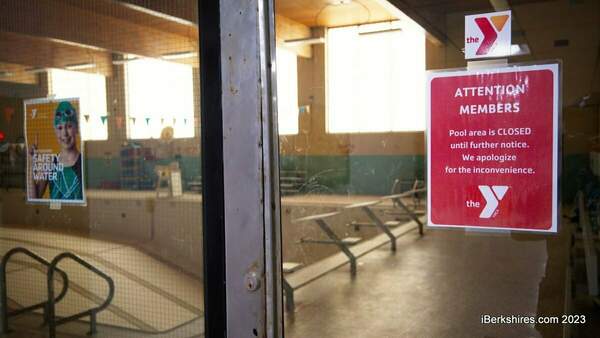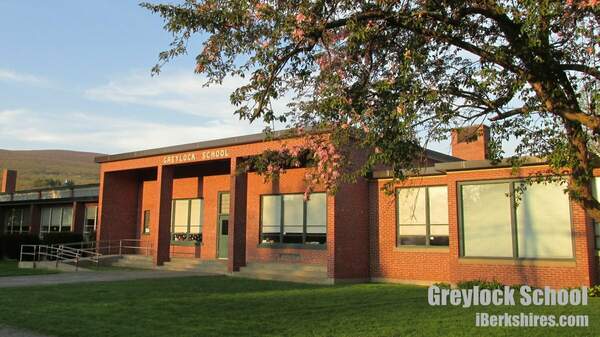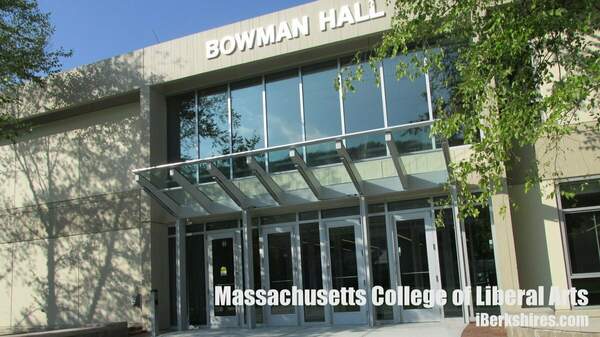MCLA Arts & Culture to Showcase To Know a Veil Exhibition
NORTH ADAMS, MASS. — MCLA Arts & Culture (MAC) will showcase a new solo exhibition at Gallery 51, "To Know A Veil" by Nathaniel Donnett on October 7.
The opening reception will run from 5 to 7 p.m. and the exhibition will be on display until Jan. 27, 2023.
To Know A Veil consists of wall works, sculptures, an installation, and sounds that investigate concerns about fragmentation, memory, erasure, the self, and interiority. The exhibition borrows its title from W. E. B. Du Bois's classic book The Souls of Black Folk. In that work, the Veil signifies racism and the accompanying moral perception of Black America. Donnett also draws on Fred Moten's notion of enclosure—a psychological entrapment caused by social precarity. In the context of this exhibition, Donnett questions how individuals navigate enclosures that frame groups of people as reductive, noncomplex categories instead of plural, complex beings.
During the Massachusetts College of Liberal Arts Artist Lab Residency, Donnett invited students from Berkshire County's Pine Cobble School, Berkshire Arts and Technology Charter Public School, and MCLA to participate in this exhibition. They collaborated on a backpack exchange during which the students were given new backpacks in exchange for their old bags. The students also recorded interviews with Donnett that he then used to create an experimental sound piece.
To Know A Veil communicates the power of imagination as an intermediary, catalyst, and portal that occupies spaces between being and becoming, continuously challenging modern-day ideologies, which stem from our past and impact our future. There is no definitive beginning or end when imagining possibilities, complex positions, or solutions—only human conditions embedded between moments of learning, reflecting, and doing.
Donnett is an interdisciplinary cultural practitioner born in Houston, Texas. His practice holds metaphysical and phenomenological spaces that explore space/time, history, notions of being, the in/exterior, and race. Black aesthetic traditions, music, refusal, fractal theory, incompleteness, and sacred geometry are strategies and systems he uses to challenge conventional timeline narratives and Western frameworks.
Donnett fuses immaterial and material worlds to expand the meaning and understanding around sociopolitical concerns and liminal spaces that impact underrepresented people and overlooked conditions.
Tags: arts initiatives, MCLA,

.jpeg)
